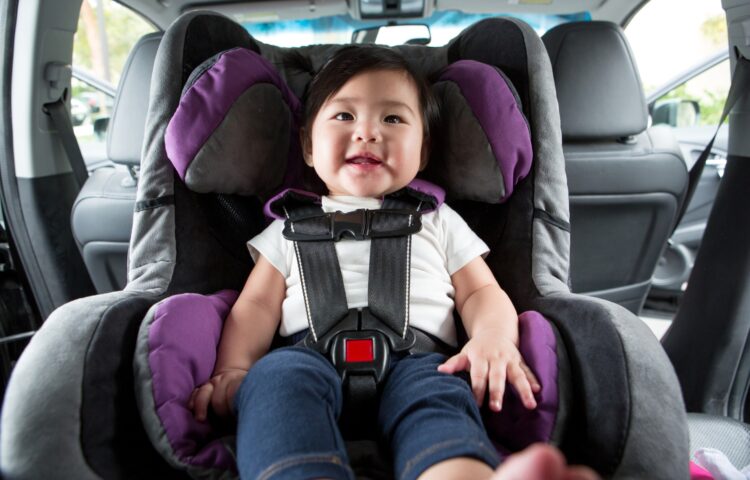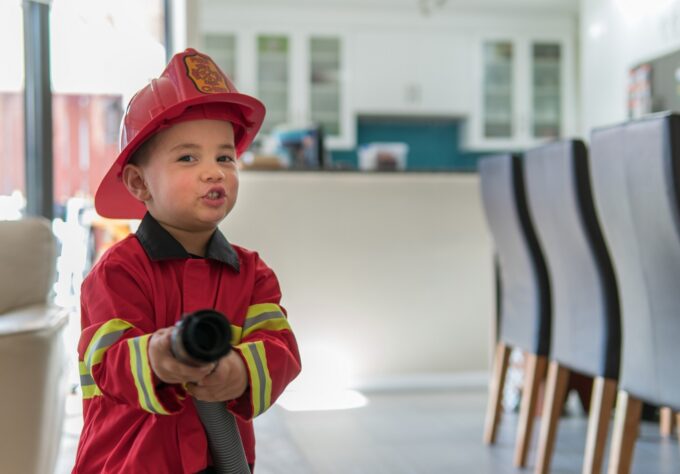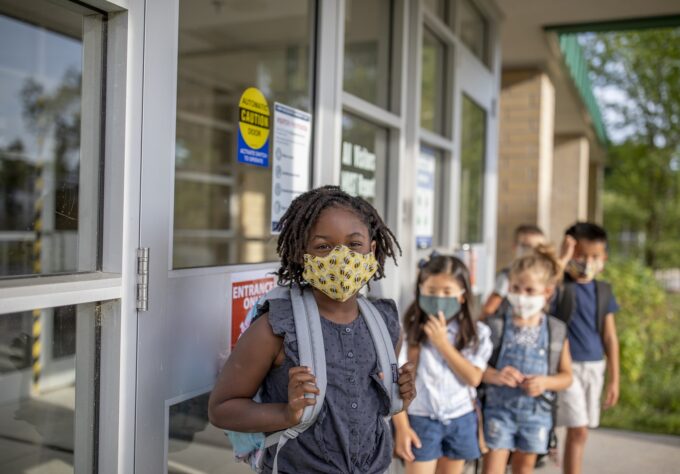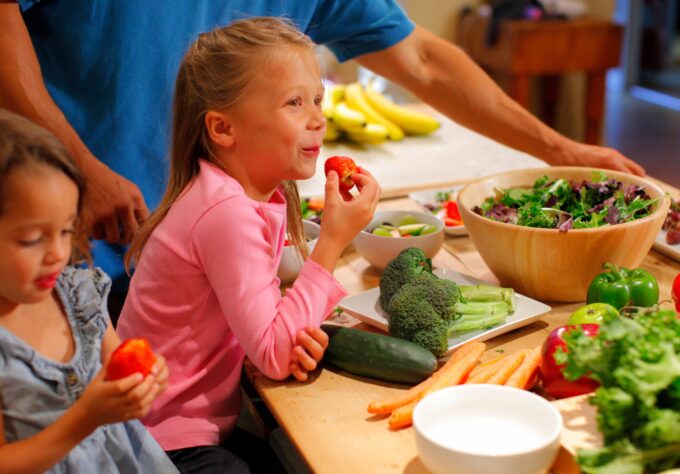As summer temperatures continue to climb, be careful to keep your kids out of hot cars. If a child does get left in a hot car or is accidentally locked in while playing, the consequences can be severe, and even deadly.
Never leave your child in a car alone or leave your car unlocked around children, no matter what the temperature outside might be. Cracking the windows will not keep the car cool and even “just a few minutes” is too long.
Although it may seem unimaginable for a child to be forgotten in a car, it occurs far too often. So know the facts and try out a few prevention tips to keep this kind of tragedy from affecting your family.
The Facts
It happens: On average, a child dies every 10 days from heatstroke after being left in a vehicle, according to Safe Kids Worldwide.
Year after year, children are left in hot cars during the hot summer months, and the outcome is devastating. In the majority of cases, it’s accidental and involves a parent or caregiver forgetting a child is in the car.
It’s fast: A car’s temperature can increase by up to 20 degrees in only 10 minutes.
To make matters worse, children overheat three to five times faster than adults. With the rapid onset of heat exhaustion, a child can lose consciousness before calling for help.
It’s hot: Cars can reach up to 110 degrees when it’s only 60 degrees outside.
Cracking the windows won’t change this. And when the body reaches a temperature of 104 degrees, heatstroke sets in.
It’s deadly: Once a child’s core body temperature reaches 107 degrees, heatstroke will lead to death.
Tips to Prevent Leaving Kids in Hot Cars
Don’t take any chances when it comes to your kids and hot cars. Use these tips to help you be extra sure your child is never left in a hot car.
Use special reminders.
To prevent the chance of forgetfulness, set different procedures in place to remind yourself to take your child with you when you exit the car:
- Leave your purse, briefcase or something you need for each car trip in the backseat with your child.
- Place a stuffed animal in the passenger seat when your child is in the car.
- Attach a charm, sticker or something to your keys that will make you think of your child.
Account for additional caregivers.
If you have a nanny, babysitter or another type of caregiver looking after your child, be sure to set some structures in place to guarantee your child’s safety:
- Ask your child’s caregiver to implement one of the tools from the “remind yourself” section.
- Have your child’s day care or school call you if your child doesn’t get dropped off.
- Practice cross-checking with your child’s caregiver when they drive your child somewhere.
Always lock your car.
About 18 percent of hot car fatalities result from children climbing into cars on their own and accidently locking themselves in. To adults, a car trunk looks like a place for luggage, but to a child, it can look like a great hiding spot. To prevent children from climbing into a car or trunk and getting locked in:
- Again, always lock your car. Don’t leave it to chance.
- Make sure kids don’t have access to car keys.
- Keep the trunk closed off to children from within the car by keeping the rear fold-down seats closed.
- Teach children about your car, including that the trunk isn’t a safe place to play.
- Teach your child where to find and how to use the glow-in-the-dark, emergency release mechanism within the trunk.



